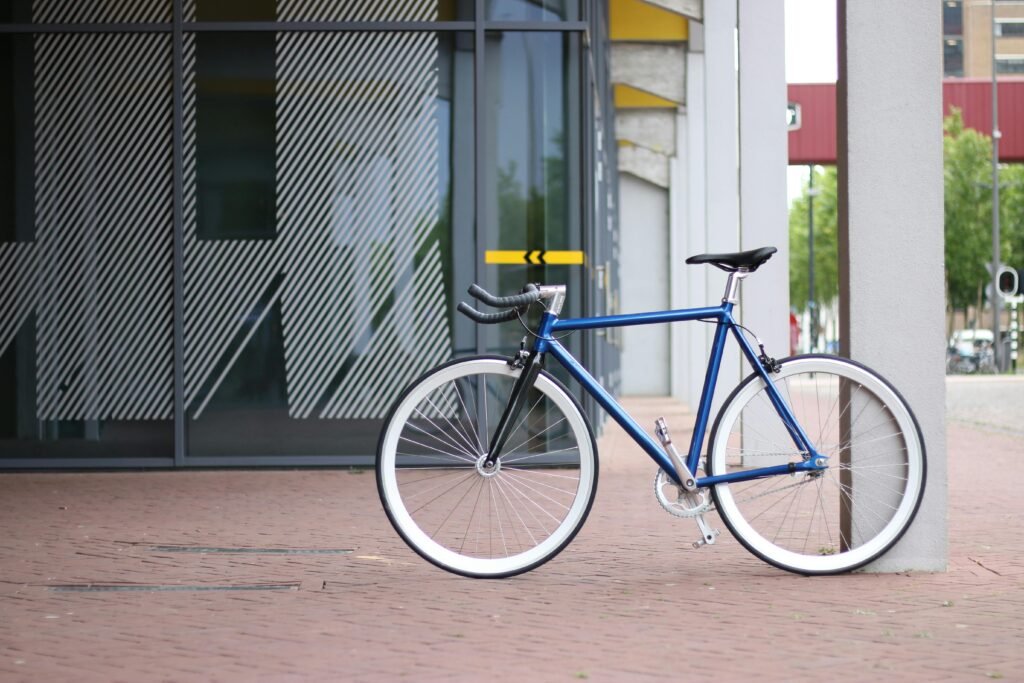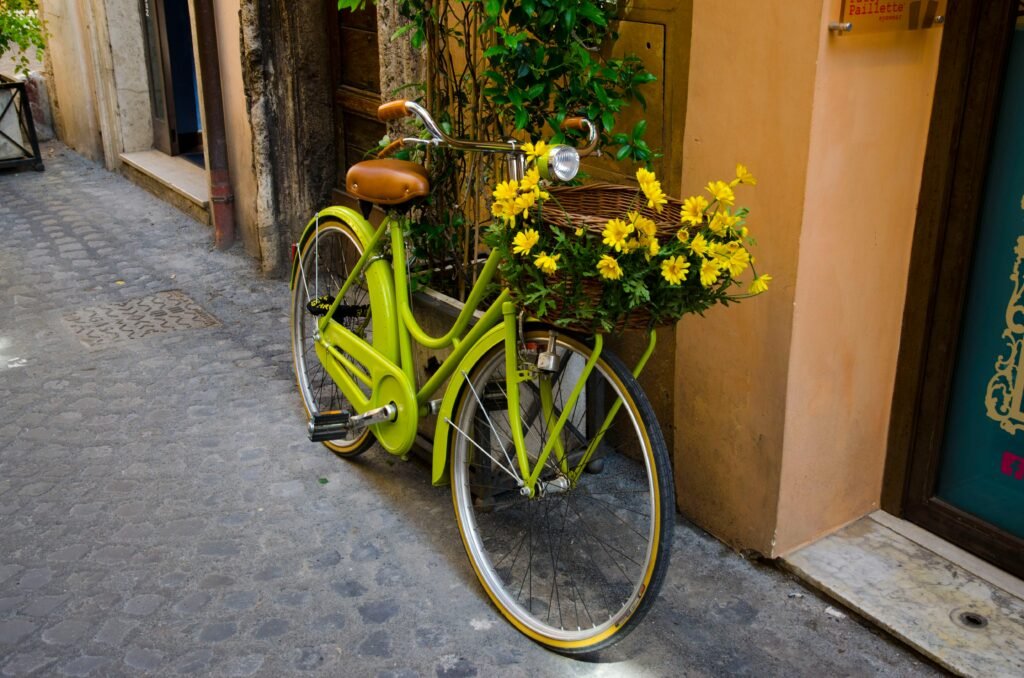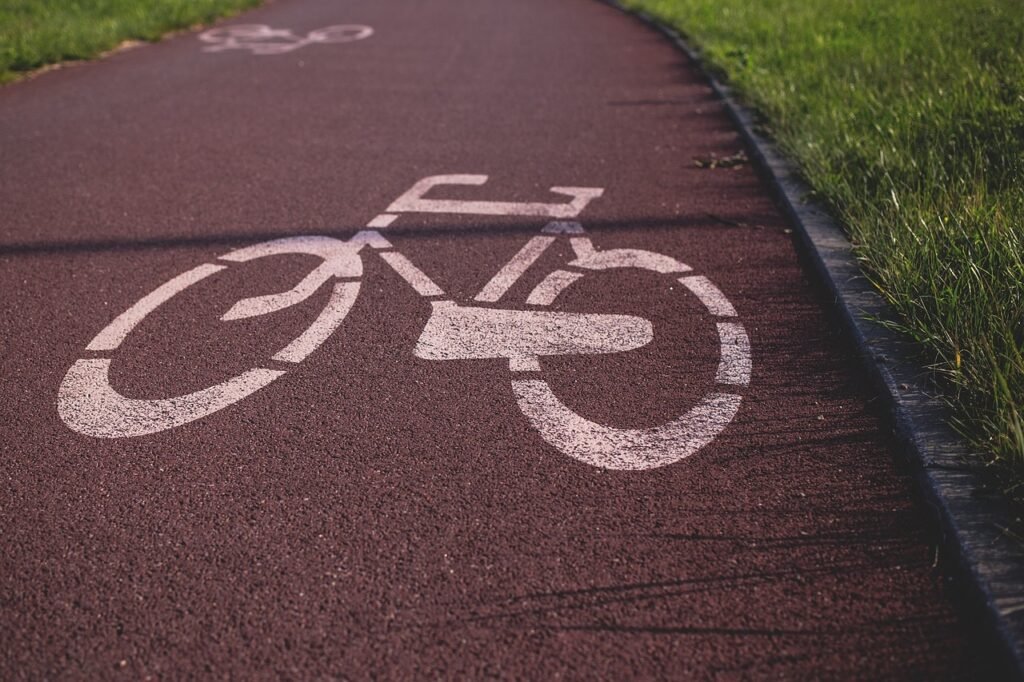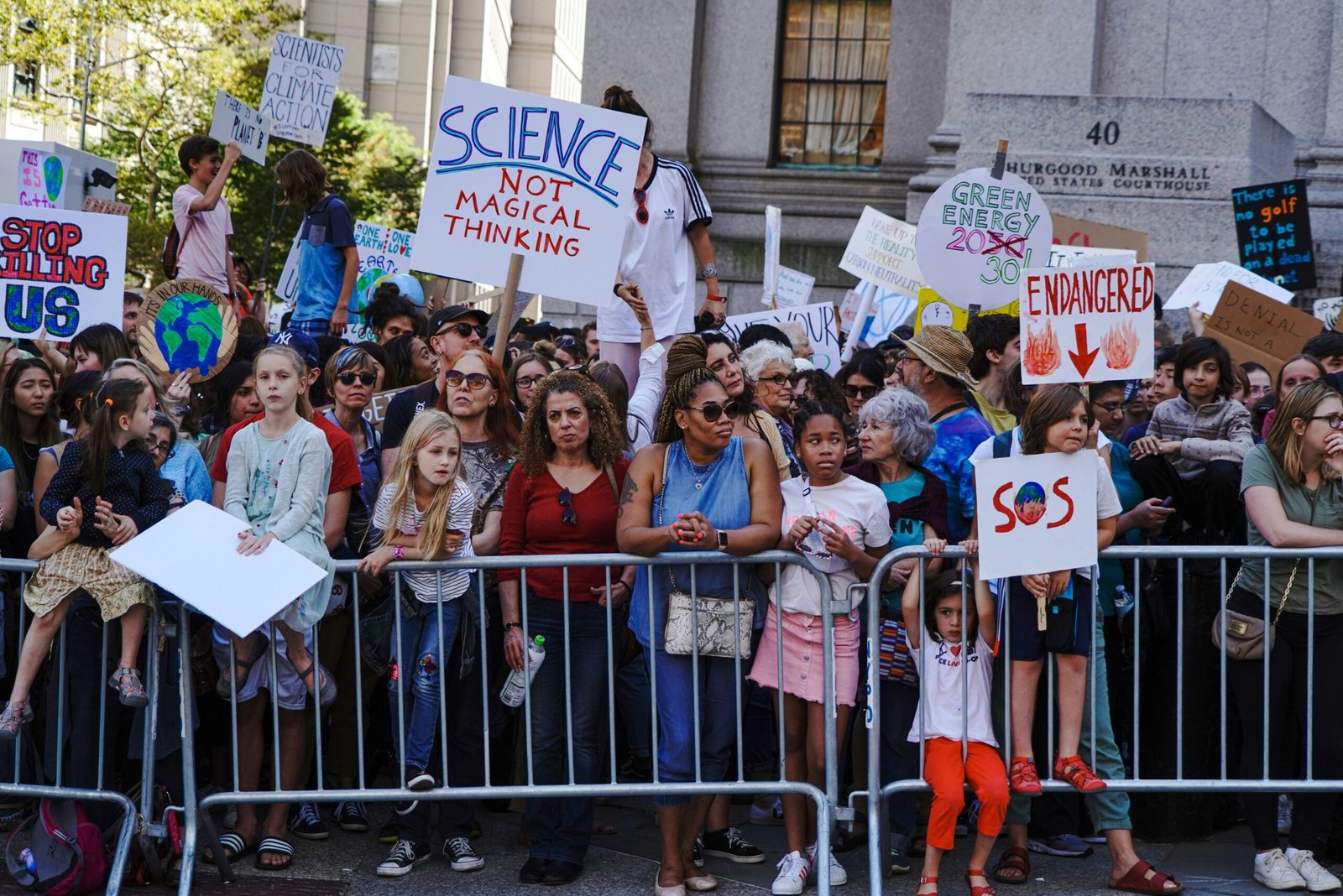
Morning air brushes your face as you pedal down a quiet street, tires humming on smooth pavement. No car horns blare, no exhaust clouds the breeze. A dedicated bicycle lane guides you, safe from traffic, weaving through a city that feels alive and open. This is what bicycle-friendly cities offer—a cleaner, greener way to move. Yet many places lack safe lanes or cycling support, leaving roads clogged with cars and skies heavy with smog. You can change that. By raising your voice, you can help build cities where bicycles thrive, cutting pollution and making streets safer for everyone.
This blog explores how to promote bicycle-friendly cities and why it matters. We will look at the benefits of cycling over cars, the steps to advocate for better infrastructure, and how your actions can spark change. If you love clean air or dream of safer streets, come along. This is about riding toward a future where cities breathe easier and communities grow stronger.
Why Bicycle-Friendly Cities Matter
Cars fill cities with noise and fumes. Each one pumps out about 4.6 metric tons of carbon dioxide yearly, thickening the air with pollution that warms the planet and stings our lungs. Traffic jams waste time, clog streets, and raise stress. Meanwhile, bicycles offer a quiet, clean alternative. They produce zero emissions, take up little space, and keep riders active. A city with more bicycles and fewer cars sees less smog, fewer accidents, and happier people.
Bicycle-friendly cities do more than cut carbon. Safe lanes protect cyclists, lowering crash risks—studies show dedicated paths reduce injuries by up to 50%. Wide, connected routes make cycling practical, so more people pedal to work or school. Less traffic eases road wear, saving cities money on repairs. Green spaces often grow alongside bike paths, cooling urban heat and inviting walkers too. Promoting bicycle-friendly cities means healthier air, safer streets, and a planet that lasts longer.
How Bicycle-Friendly Cities Take Shape
A bicycle-friendly city starts with infrastructure. Dedicated lanes, separate from cars, give cyclists space to ride without fear. Traffic signals timed for bikes, secure parking racks, and signs marking routes make pedaling easy. Some cities add shared bicycles or repair stations for quick fixes. Planners work with communities to map where lanes are needed most—busy roads, school routes, or market streets. Funding comes from city budgets, grants, or public campaigns, often spurred by voices like yours.
Advocacy drives it all. Residents email leaders, sign petitions, or join groups to demand cycling support. They point out unsafe roads, share stories of near-misses, or highlight pollution’s toll. Online posts with hashtags spread the word, pulling more people in. When enough voices join, cities listen—new lanes appear, paths connect, and bicycles become part of daily life. Promoting bicycle-friendly cities is about speaking up to make cycling safe, simple, and common.
What You Can Do to Promote Bicycle-Friendly Cities
You hold real power to shape your city’s future. Small actions add up, and collective effort turns ideas into reality. Here are practical ways to advocate for bicycle-friendly cities:
Contact City Leaders
Write to your local city officials—whether they are municipal commissioners, urban planners, council members, or mayors, depending on your country. Ask for more investment in bicycle lanes and safer routes. Keep it simple: “I want to cycle to work, but my street has no safe path.” Share how cycling can reduce traffic and pollution. A short email or letter only takes a few minutes. Look for the right contact on your city or town’s official website. Public demand can nudge city leaders to prioritize bicycle-friendly infrastructure.
Map Unsafe Roads
Notice streets where cycling feels risky—narrow roads, speeding cars, no lanes. Mark them on a map or note details: “Main Street needs a bike path; cars pass too close.” Share this with city planners or local cycling groups. Many cities have online tools to report hazards. Your input helps them prioritize fixes, making bicycle-friendly cities safer one road at a time.
Sign Petitions
Look for petitions calling for new bicycle paths or cycling programs. Check community boards, cycling group websites, or platforms like Change.org. Adding your name takes seconds and shows leaders that people care. If no petition exists, start one—list why bicycle-friendly cities matter and share it online. Each signature builds pressure for change.
Share Online
Post about cycling on social media. Write why you want safer lanes or cleaner air, and use hashtags like #BicycleFriendlyCities or #CycleSafe. Share a photo of a busy road needing a path or a great bike lane you saw elsewhere. Tag your city’s leaders or planners. Online buzz spreads fast—your post could inspire others to join the call for bicycle-friendly cities.
Join Cycling Groups
Find local groups advocating for bicycles—search online or ask at bike shops. They organize rides, meet with planners, or push for new lanes. Join their events or email lists to stay in the loop. If no group exists, start a small one with friends who cycle. Together, your voices carry more weight, building momentum for bicycle-friendly cities.
These steps are not hard. They fit any schedule, any city—urban hubs or small towns. Start with one action, then add more. Your effort helps bicycles roll smoother and skies stay clearer.

What Could Happen If You Act?
You and others reach out to your city’s decision-makers—be they mayors, municipal commissioners, or urban planners—highlighting hazardous roads, signing petitions. In response, the city constructs a new bicycle lane: smooth, wide, linking homes to markets and schools. More people start cycling—office workers, students, parents with children in tow. Traffic eases, the air becomes cleaner, and streets grow quieter. Studies indicate that a single well-used bike lane can reduce local carbon emissions by hundreds of tons yearly. Connect a network of paths, and your city might see 10% fewer car trips.
Safer bicycle lanes lead to fewer accidents—some cities report up to 50% fewer cyclist injuries. Green corridors lined with trees help cool urban heat, offering shade and comfort. Local shops near bike routes see more footfall, as cyclists pause to browse or grab a snack. What begins as a lane becomes a lifestyle shift—one that benefits health, business, and the planet. Your advocacy could save 1,000 kilograms of carbon per lane yearly, like planting a small forest. Bicycle-friendly cities become places where people smile more, breathe easier, and feel part of something good. It starts with your voice.
Challenges You Might Face
Advocacy is not always easy. City leaders may ignore emails, citing tight budgets or other priorities. Mapping roads takes time; you might wonder if planners will listen. Petitions can stall without enough signatures. Online posts might get lost in the noise, or you may feel shy speaking up. Some drivers resist bicycle lanes, fearing less road space. Doubt creeps in: “Will my effort matter?”
Each hurdle has a workaround. Follow up emails with a call or attend a city meeting—persistence counts. Share maps with cycling groups for backup; they amplify your voice. Boost petitions by asking friends to sign. Post regularly online—small posts add up. Talk with drivers, too—many do not realize that bike lanes can actually ease traffic for everyone. Every small effort connects with others, and together, they help reshape cities to support cycling.

What Impact Can a Bicycle-Friendly City Have?
A bicycle-friendly city transforms life. One new lane can carry 7,000 cyclists daily, slashing 500 tons of carbon yearly. This is equal to 100 cars off the road. A full network might cut city emissions by 5-10%, studies show, like turning off a coal plant for weeks. Safer paths lower crash rates, saving lives and hospital costs. Cyclists spend at local shops, boosting economies. We see that bike-friendly areas see 20% more sales.
Health improves too. Cycling 30 minutes daily cuts heart disease risk by 50%. Cleaner air reduces asthma cases, especially for kids. Green routes add trees and shade, cooling cities by 1-2 degrees Celsius. Cycling strengthens communities. Riders wave to neighbors, stop for chats, and reconnect with their cities. Your push for bicycle-friendly cities could spark 1,000 more bikes on the road, each one a step toward a planet that thrives.
Why Small Changes Matter
Love clean air? Raise your voice for bicycle-friendly cities. More bicycles mean fewer cars, less pollution, safer streets. Email leaders for funding, map unsafe roads, sign petitions, post online, join groups. Your actions cut carbon, save lives, and build community. It is not just about lanes. It is about a future where cities hum with pedals, not fumes. Start now. Ride into a cleaner, greener tomorrow.
Frequently Asked Questions (FAQs)
Do I need to be a cyclist to promote bicycle-friendly cities?
No, you do not need to ride a bicycle to advocate for better cycling infrastructure. Anyone who cares about cleaner air, safer streets, or less traffic can help. You might walk, drive, or use public transport but still want a city with fewer car fumes and more green paths. Write to leaders, sign petitions, or share posts online to support bicycle lanes. Your voice matters because bicycle-friendly cities benefit everyone, not just those who pedal.
What if my city leaders ignore my requests for bicycle lanes?
It is common for leaders to prioritize other issues, but persistence makes a difference. If your email gets no reply, try again or call their office. Attend a community meeting to share why bicycle lanes matter for safety and pollution. Join a local cycling group to amplify your message; many voices are harder to ignore. Share your efforts online with hashtags like BicycleFriendlyCities. Even small actions build pressure, and over time, your work can lead to new paths in bicycle-friendly cities.
How quickly can a city become bicycle-friendly?
Change takes time, but small wins add up fast. A single bicycle lane might appear in a year if leaders hear enough support. A full network of paths could take three to five years, depending on funding and planning. Your actions—emails, petitions, mapped roads—speed this up by showing demand. For example, one lane can cut 500 tons of carbon yearly, making air cleaner right away. Promoting bicycle-friendly cities starts with you, and every step forward counts for a greener future.
Do share your thoughts by commenting below.






